Advertisement
The Playoff Method is one of the strategic methods of obtaining improved ChatGPT output. Instead of choosing your initial idea for a prompt, you develop several alternatives and experiment with them to determine which one returns the best outcome. It simulates a sports competition where each "player" (prompt) competes against the others, and the top ones advance.
This process assists you in:
Thinking in "rounds" enables you to screen out weaker responses progressively and arrive at the most effective way to prompt ChatGPT.

The Playoff Method is a technique that involves creating multiple prompt versions for the same task and then testing them to determine which one yields the best result with ChatGPT. Rather than writing a single prompt and crossing your fingers, you write multiple prompts with slight variations in wording, tone, or instructions. You then compare the AI's responses to determine which of them more closely aligns with your intent. This side-by-side testing technique highlights the difference that slight variations in prompts can make in output.
Key Points:
The use of the Playoff Method provides considerable leverage to those operating with AI. Instead of wasting time rewriting unflattering outputs, one builds on a sound basis by conducting a comparison among multiple versions from the start. This technique minimizes poor outputs and enhances your ability to communicate effectively with the AI. It forces an individual to consider their intention and the prompt structure much more, creating content that is professional, targeted, and polished.
Key Points:
Using the Playoff Method begins with writing three to five different prompt versions, all aimed at getting the same result. These may differ in the construction of the sentence, tone, or point of view. After writing them one by one, I run them through ChatGPT and carefully compare the outputs in terms of clarity, accuracy, creativity, and tone. Once this is done, one selects the highest-performing version and refines it as necessary to achieve the optimal result.
Key Points:
If you don't know what prompt variations are, start with templates. The following five suitable prompts will trigger ChatGPT into various modes of interaction. Use them to experiment with different tones, structures, and levels of detail. What you create with these will allow you to identify what best suits your content goal.
Prompt 1: "Write this paragraph in three different tones: casual, professional, and persuasive."
Prompt 2: "Act like a storytelling expert and rewrite this content using a narrative style."
Prompt 3: "Summarize this article in 100 words using simple and clear language."
Prompt 4: "Give me two headline options-one SEO-friendly and one catchy for social media."
Prompt 5: "Make this paragraph more emotionally engaging, but without changing the main idea."
Sort Key Points:
It is essential to have a clear objective to maximize the benefits of the Playoff Method. What is "good" output for your particular task? Readability, creativity, emotional impact, or SEO? The answer to that question will guide you in making a meaningful comparison of the outputs. Also, don't overburden yourself with the quantity of prompts; stay with 3-5 per round.
Points to Note:
Inherent in the working of The Playoff Method is the fostering of skills in prompt engineering: The creation of good prompts that lead to accurate and engaging responses (or not) from an AI system. Through an iterative process of trialing and tweaking your prompts, you will slowly begin to recognize the drivers of change in the system's outputs. This helps you develop a bank of reusable prompt template ideas for various purposes, such as blogging, email writing, SEO, storytelling, or product descriptions.
Points to Note:

Although the Playoff Method is highly effective, some frequent errors will minimize its effectiveness. One of the biggest mistakes is testing prompts without a definitive aim in mind—this makes it difficult to determine which outcome is optimal. Another is creating prompts that are too similar, which yields repeat outputs and minimal learning. Please don't rush through comparisons; instead, think through each response thoroughly to ensure tone, clarity, accuracy, and whether it effectively addresses your goal. And don't forget to save your successful prompts for future reference.
The Playoff Method is an easy yet effective approach to uplevel your ChatGPT experience. Rather than depending on trial and error, it prompts you to try, contrast, and hone your prompts until you get the optimum output. Whether you are creating content, writing marketing copy, or seeking a technical solution, this method enhances clarity, creativity, and control over AI output. It also helps you create a personalized prompt library tailored to your specific needs. Begin using the Playoff Method immediately and notice how a handful of variations will make a significant difference in the quality of your AI interactions.
Advertisement
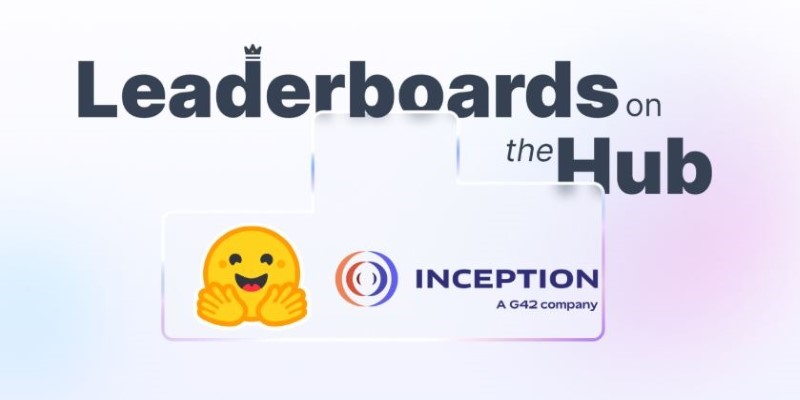
How Arabic leaderboards are reshaping AI development through updated Arabic instruction following models and improvements to AraGen, making AI more accessible for Arabic speakers

How stochastic in machine learning improves model performance through randomness, optimization, and generalization for real-world applications

Looking for the best podcasts about generative AI? Here are ten shows that explain the tech, explore real-world uses, and keep you informed—whether you're a beginner or deep in the field

A simple and clear explanation of what cognitive computing is, how it mimics human thought processes, and where it’s being used today — from healthcare to finance and customer service

Access to data doesn’t guarantee better decisions—culture does. Here’s why building a strong data culture matters and how organizations can start doing it the right way
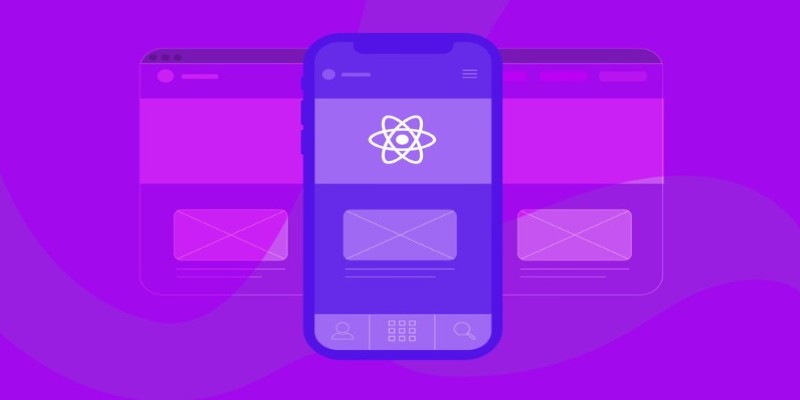
How to run LLM inference on edge using React Native. This hands-on guide explains how to build mobile apps with on-device language models, all without needing cloud access

How Krutrim became India’s first billion dollar AI startup by building AI tools that speak Indian languages. Learn how its large language model is reshaping access and inclusion
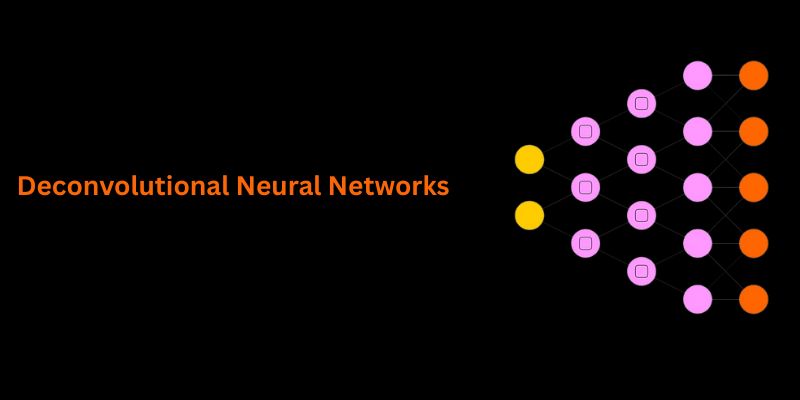
Understand how deconvolutional neural networks work, their roles in AI image processing, and why they matter in deep learning

How Voronoi diagrams help with spatial partitioning in fields like geography, data science, and telecommunications. Learn how they divide space by distance and why they're so widely used

How temporal graphs in data science reveal patterns across time. This guide explains how to model, store, and analyze time-based relationships using temporal graphs
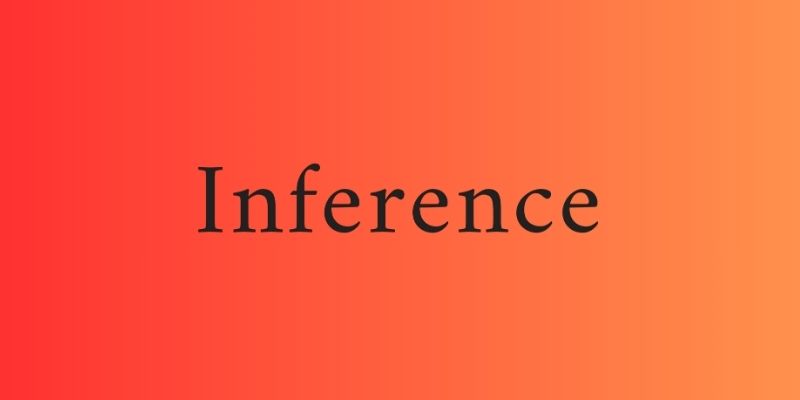
AI interference lets the machine learning models make conclusions efficiently from the new data they have never seen before
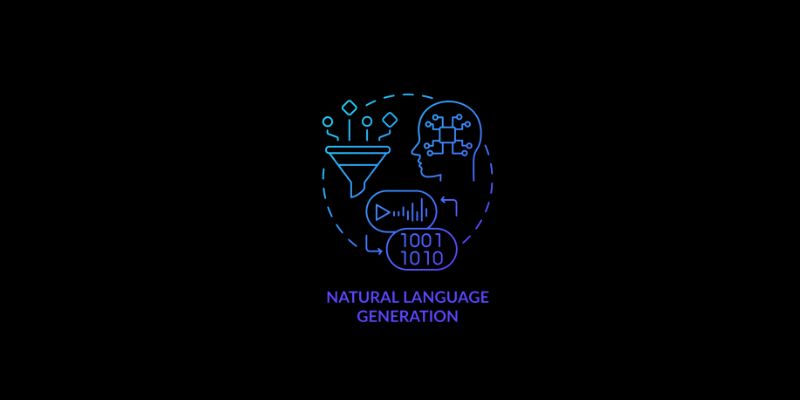
Natural language generation is a type of AI which helps the computer turn data, patterns, or facts into written or spoken words